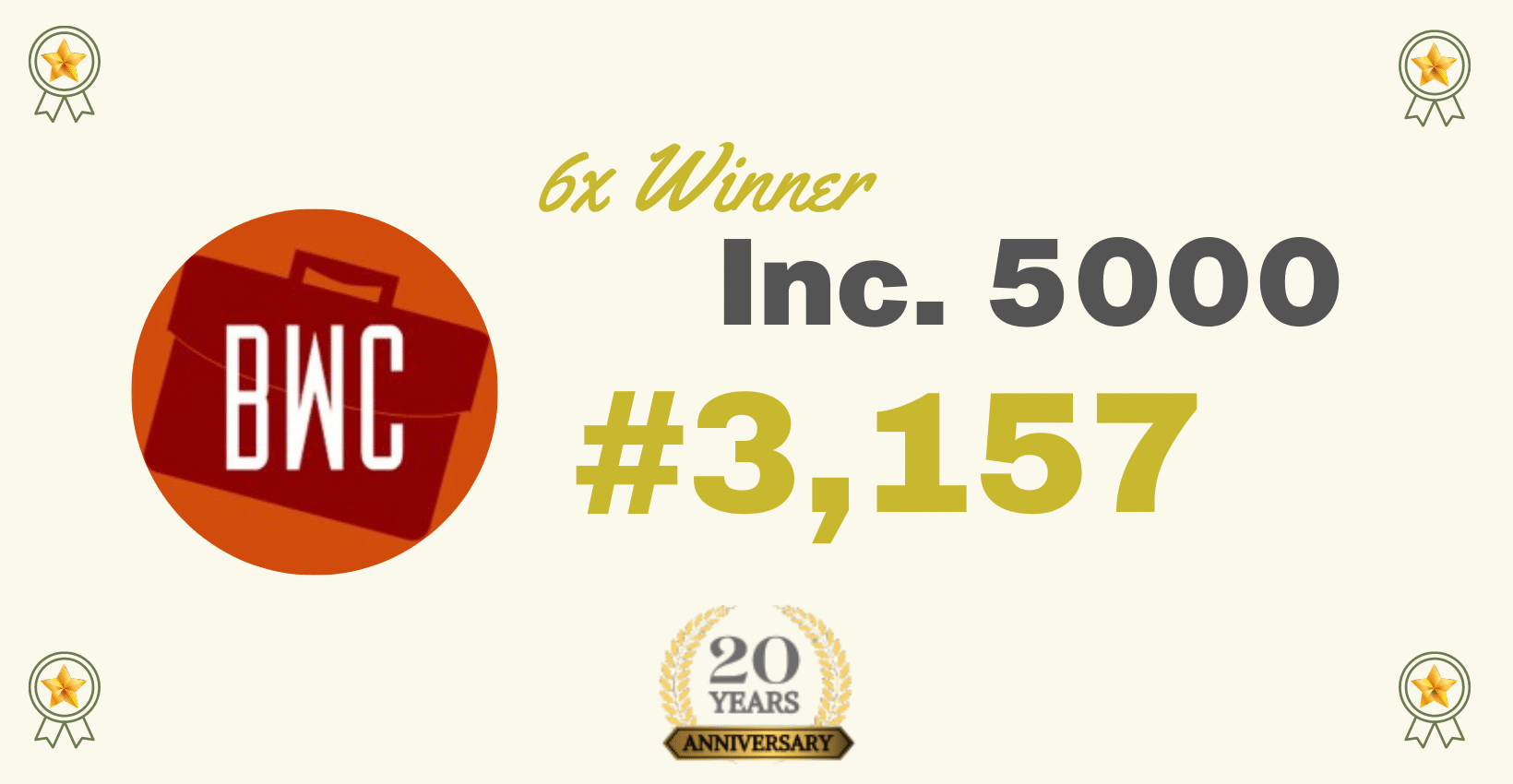 Healthcare Costs in the United States
Healthcare Costs in the United States
The United States (U.S.) spends more per individual than any other developed country (or any other country in the world for that matter) in the world for healthcare. The U.S. also leads the world in private and public sector budgeted dollars for healthcare expenditures.
Looking at our country’s recent GDP (Gross Domestic Product) you will see that healthcare expenditures make up over 17%. That may not sound like much, but if you understand the rate of the healthcare industry growth, job growth, and future demands, you should really be paying attention.
Direct and Indirect Impact of Healthcare
Everyone is impacted by healthcare in a direct or indirect manner. It is obvious that we understand the direct manner; when we receive care for ourselves or our families, pay our monthly premiums and associated expenses. Indirectly, every good and service sold in this economy has a built-in cost associated with the healthcare delivery system; as an example, one of the most expensive components in the manufacturing of an automobile is the embedded cost of health insurance.
The healthcare industry system is integrated throughout; it encompasses high-tech, bio-tech, education, research and development, manufacturing, construction and service industry as a few examples.
Healthcare Professions
Healthcare workers migrate in astonishing numbers to the U.S. These workers are considered “highly skilled” and help to fill many shortages in many areas across the U.S.
It is important to note that two-thirds of healthcare workers have no post- secondary education. Healthcare and social assistant service positions that require a baccalaureate degree are expected to grow at a faster rate than other occupations.
Planning for the Future
Service industries that target the elderly will be the fastest growing occupations in the next decade or more. Baby-boomers will be leaving the workforce and will be needing services, especially assisted living and direct healthcare. It is projected that baby-boomers make up at least one-quarter of the labor force. With their exit, and relying on their continued aging healthcare needs, healthcare occupations may rise as much as 5% over the next 10 years.
Remember, healthcare is not only technical, but includes many occupations that are delivered within facilities and organizations such as human resources, administrative, clerical, service and specialty. It is interesting to note that of these industry occupations healthcare practitioners and technical occupations are projected to grow almost twice as fast as the average occupation statistical projections.
Our challenges remain to be seen as our baby-boomers near retirement; leaving the work force and impacting job openings and some ways job growth resulting in a slowdown in employment growth due to the shortage of skilled labor replacements.
Interested in a career in healthcare or have a difficult to fill position? Let’s talk! Contact me directly at [email protected].
Resources:
U.S. Bureau of Labor Statistics
Modern Healthcare
Health Care Career Connection
Paula Wright is a Recruiter with Becker Wright Consultants specializing in the Healthcare industry.






Leave A Comment